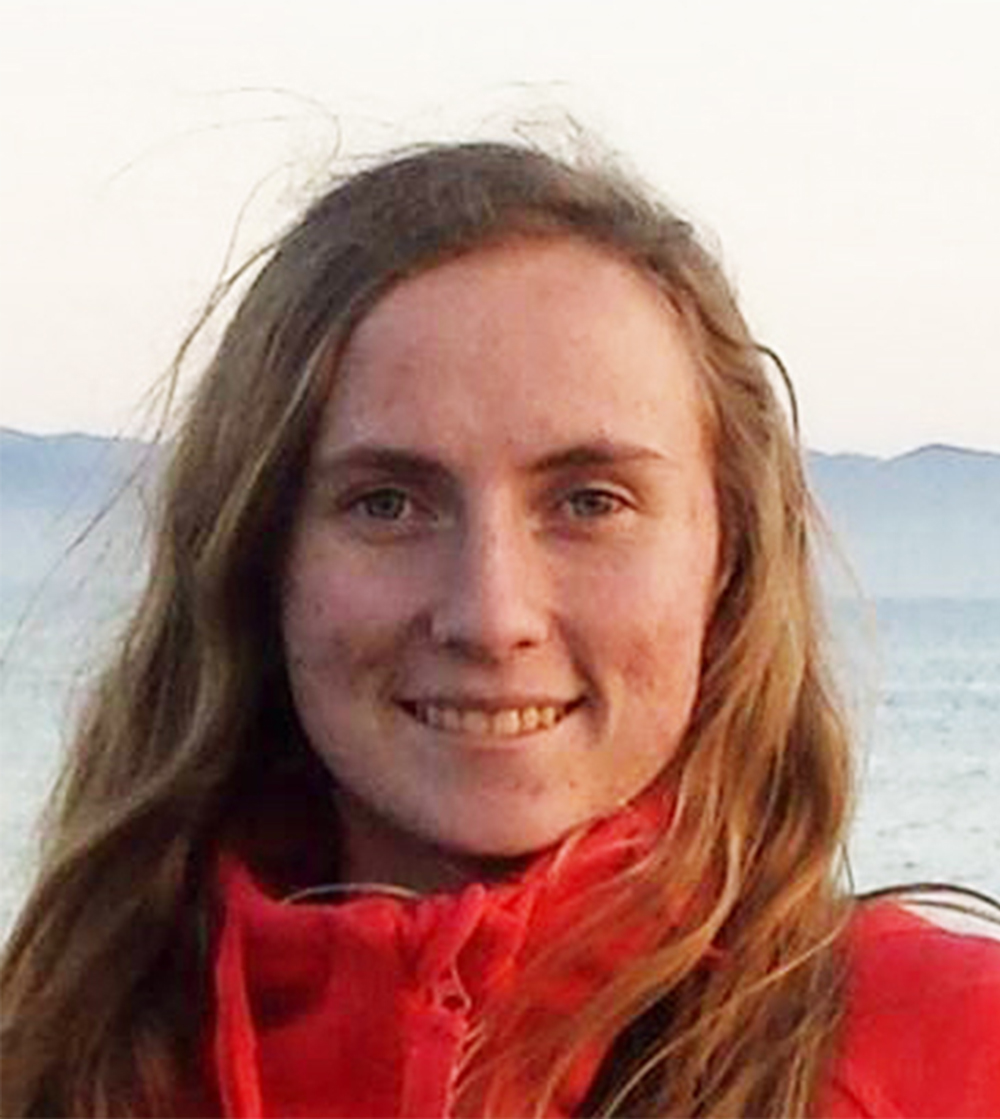Chemistry Paper Published
September 14, 2018
Research conducted by Kareesa Kron ’18, Mikaela Kosich ’16 and professors Bob Cave and David Vosburg has been published in the Journal of Organic Chemistry.
The team conducted a computational study of endiandric acid molecules which occur naturally in some species of tropical plants from the Beilschmiedia and Endiandra genera. “All of these molecules have very interesting structures, and some of them display potentially useful antibiotic, anti-inflammatory or antimalarial activity,” says Vosburg.
“Both naturally and in previous synthetic attempts, scientists observed the formation of mostly one of two possible molecular structures in these plants,” says Kron, referring to molecular compounds that are either fused (most common) or bridged (far less common). The Vosburg Lab sought to synthesize the less-common structure to study its properties and determine why bridged compounds occur when they do. “My research was to model this reaction and determine what characteristics of the transition state led to the preference for the fused-tetracyle structure.”
Previous synthetic work in the Vosburg Lab, led by Eun Bin Go ’15, detailed the first-known observation of a bridged tetracyle forming as a product in the synthesis of a fused tetracycle. “The ratio we predicted was close to the experimental ratio, which was encouraging since it confirmed our identification of the product and suggested that our computational work can be used as a predictive tool in future synthesis. This allows us to avoid wasting time and material on reactions that will not be selective,” Kron says.
Perhaps more unusual than a bridged tetracycle is the occurrence of undergraduates being published in the Journal of Organic Chemistry. “Even more so to be the first author on an article as Kareesa is,” says Vosburg of Kron, noting that Cave has been mentoring Harvey Mudd students on computational chemistry for many years.
Since graduating from Harvey Mudd last spring, Kron has begun pursuing a PhD in chemical engineering at USC. “I am continuing computational research with a new focus on modelling the excited states of organic photoredox catalysts using time-dependent density functional theory,” she says. “I aim to identify catalysts with lower environmental impacts that can facilitate important reactions via those reactions interacting with light-induced excited states. This new research involves the increased challenge of accurately describing molecules that have left the ground state and dealing with multiple molecules interacting.”
